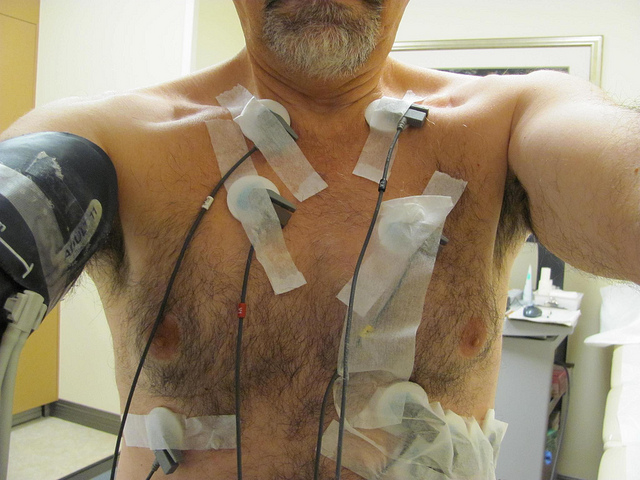Most doctors have little or no training in how to evaluate a patient's ability to work. They should begin by thinking through the potential risks.
While physicians are well-trained in diagnosis and treatment, most have received little or no training in how to evaluate their patients' ability to do work. Whenever asked about a patient’s work ability, physicians should think through the issues by considering three terms: risk, capacity and tolerance. This first topic, risk, I would like to explore in this communication.
Risk refers to the chance of harm to the patient, or to the general public, if the patient engages in specific work activities. Familiar examples are that the Department of Transportation medical certification processes require examining physicians to disqualify individuals with uncontrolled seizure disorders from working as aircraft pilots and as commercial motor vehicle drivers. Thus, a work restriction is something a patient can do, but should not do, as opposed to a work limitation, which is something the patient cannot physically do. The terms "work restriction" and "work limitation" are frequently seen on work status certification forms.
Unfortunately, there is little scientific literature on the real-world observed risks of working despite known medical conditions. Ideally, this would be the type of information on which to base work restrictions. Where generally accepted sound scientific evidence exists, there should logically be universal agreement among physicians about the issue in question. Sometimes, there are consensus documents that are helpful in assigning work restrictions based on risk. One example is the American College of Cardiology guidelines for physicians in approving participation in competitive sports. While this is a consensus document, and thus not scientifically proven, following these guidelines is our best approach to achieve consistency among physicians.
If a patient is applying for work, a physician performing the pre-placement medical examination for the employer must remember that the Americans with Disabilities Act of 1990 permits the employer to deny the tentatively offered employment only if, on the basis of objective information, the work activities of the “essential job functions” pose a substantial risk of significant harm to self or others that is imminent. Under this law, these criteria would be the basis for physician-imposed work restrictions that would disqualify an applicant from working.
Substantial harm means an objectively verifiable worsening in the patient’s condition, and not merely an increase in previously present symptoms, like pain or fatigue. The law says that individuals may choose to work despite pain or fatigue. While physicians in pre-placement examinations generally remember and adhere to the maxim that “if there is not objective evidence of substantial risk for significant harm, the patient may choose whether or not to work despite symptoms,” many times the obverse of this principle is forgotten when physicians are asked by patients to certify work disability based on subjective symptoms without evidence of risk of harm. The decision to work with no significant risk, and despite symptoms, is the patient’s decision (and not the physician’s decision), and the decision is still the patient’s when the patient is requesting disability certification.
There are recurring situations in which physicians have historically restricted patients on the basis of medically plausible risk assessment. Examples include heavy overhead lifting after shoulder rotator cuff repair, and heavy lifting, carrying and jumping with combined anterior and medial instability in a knee. In these cases, it is plausible to argue that recurrent cuff rupture and progressive osteoarthritis may occur, despite the lack of prospective human studies to prove that these risks are real. Until studies disprove these risks, they will be “generally accepted” and noted by consensus groups.
For decades, spine surgeons placed permanent lifting and other activity restrictions on patients who had good results after a first-operation lumbar diskectomy. Recently, studies have shown that those with good results can return quickly to full work with no increase in the incidence of disk re-rupture.
In the next article, I hope to explore the concept of capacity and what it means in the process of approaching patients with complaints of limitation.


